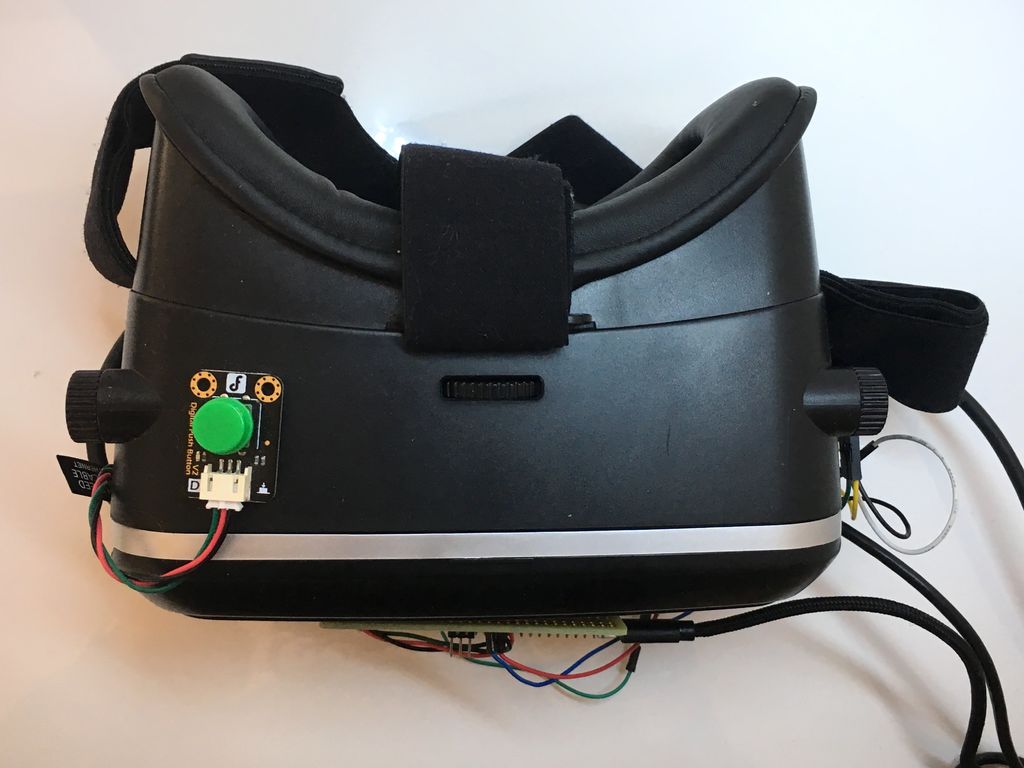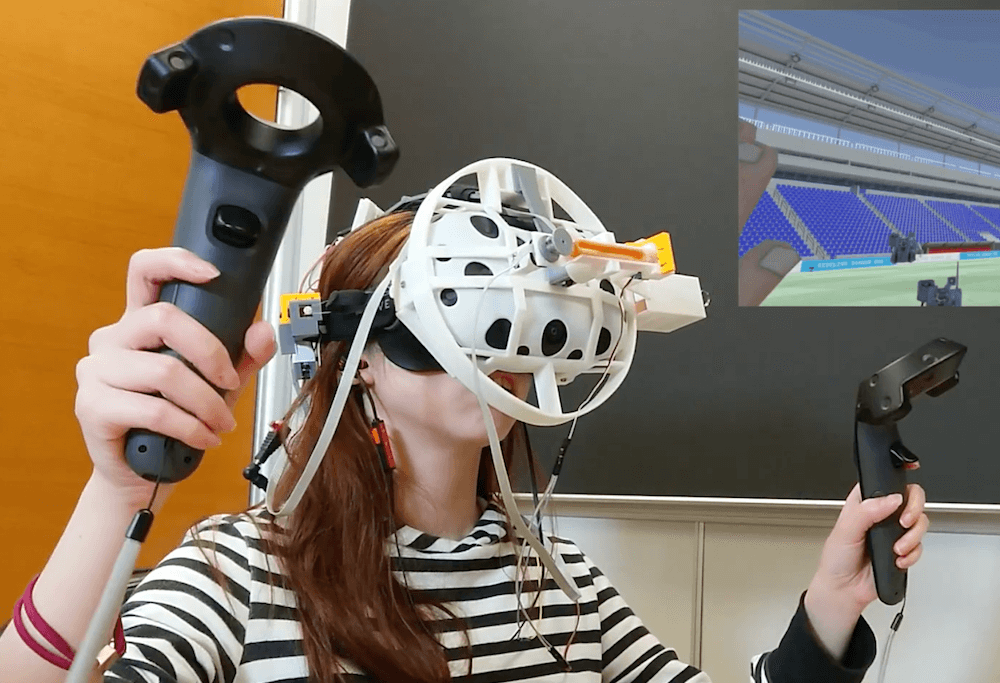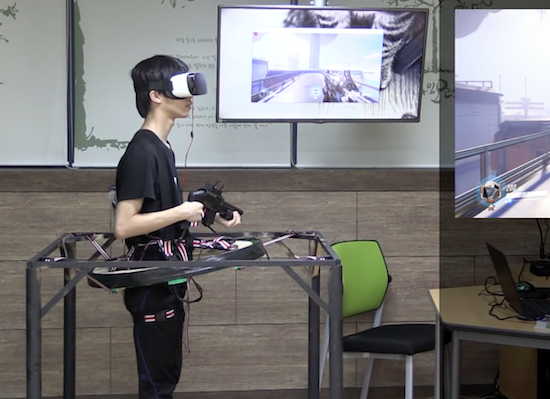02

If you want a virtual reality headset for your computer, but don’t want to dig deep into your pockets, this project by “jamesvdberg” (AKA Killer Robotics) presents a low-cost alternative.
Although it won’t pack the capabilities of an Oculus or HTC Vive, jamesvdberg’s VR rig can be replicated for just $80 using a Google cardboard-compatible shell, along with a 5” Raspberry Pi 800×480 LCD screen and an Arduino Micro for control.

The DIY device tracks head movements using an MPU6050 IMU, sending data to a PC system as a mouse input via the Micro. Game visuals are fed back to the screen over HDMI, split into discreet images for each eye, creating a side-by-side 3D effect.
Those interested in building their own version can find the tutorial here.




